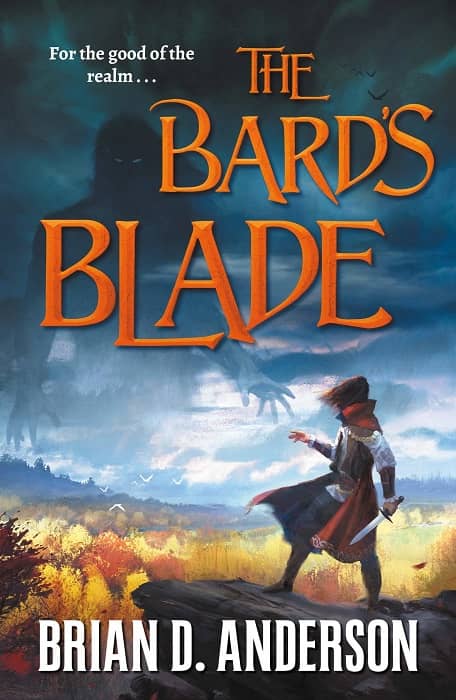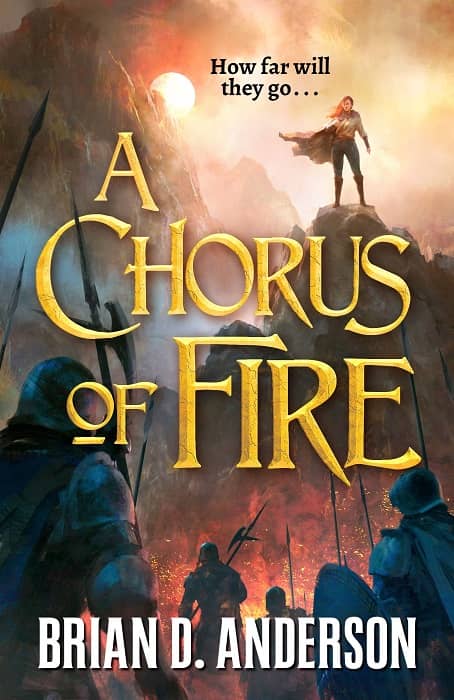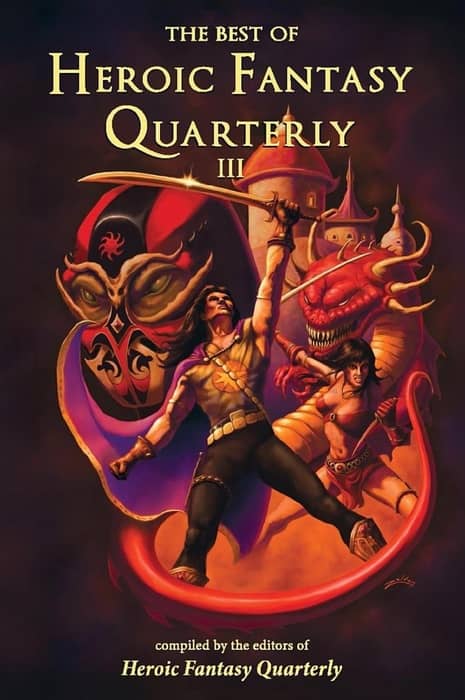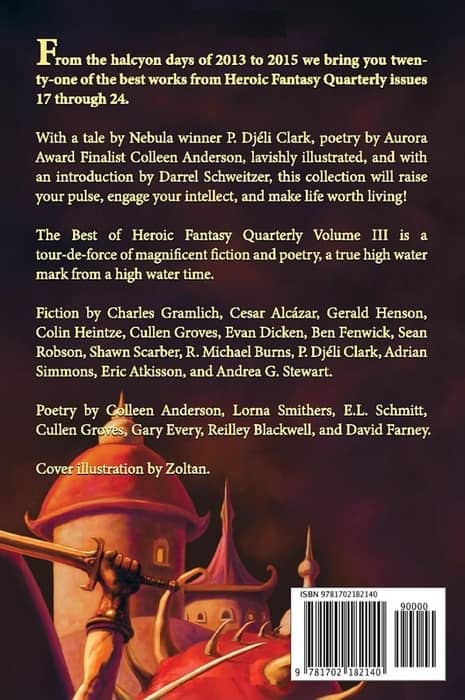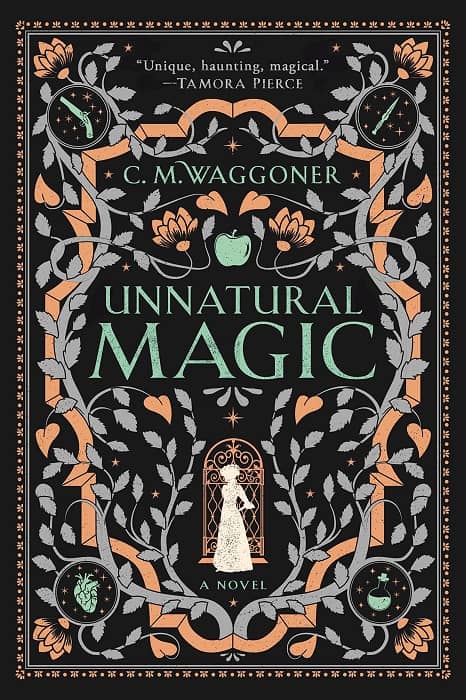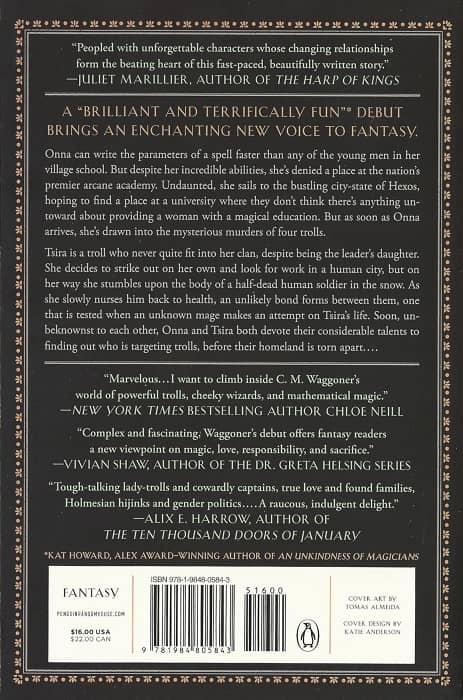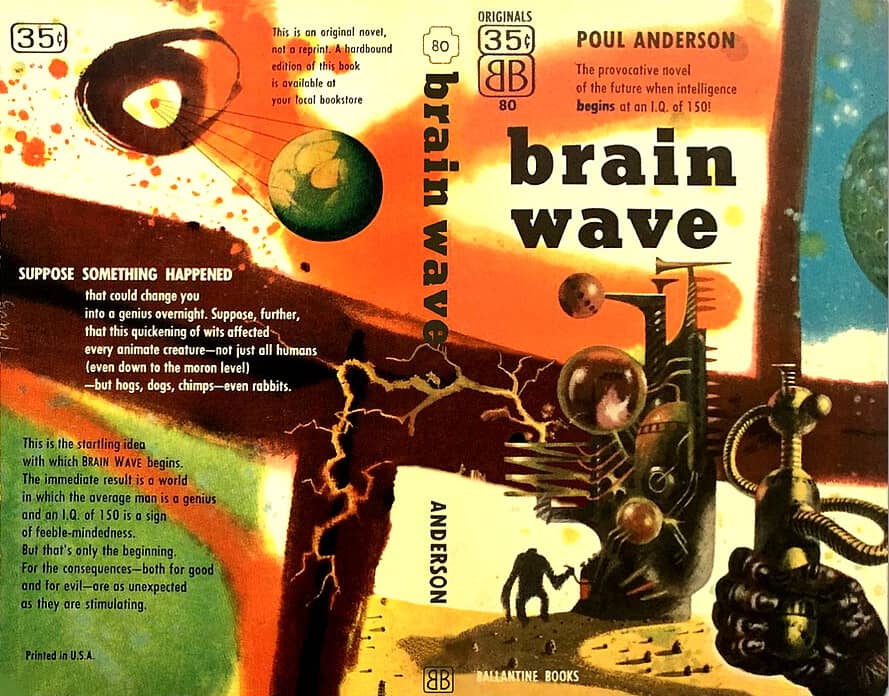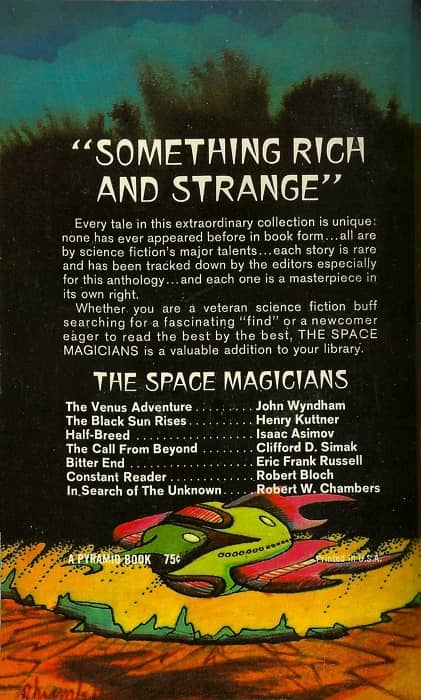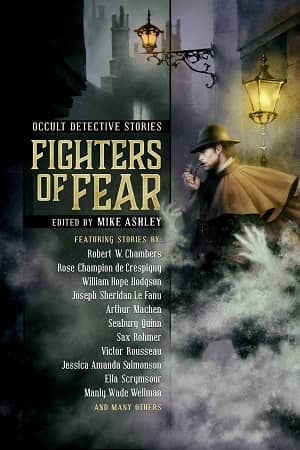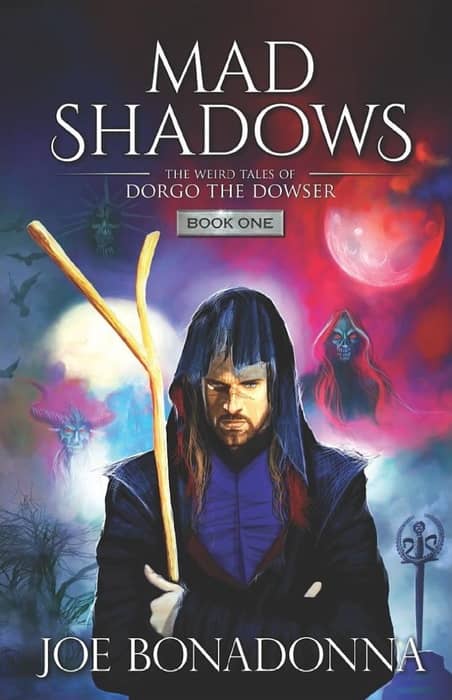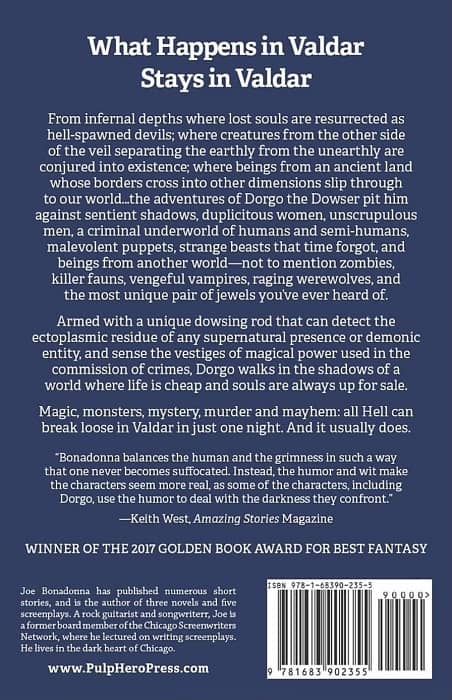New Treasures: One Man by Harry Connolly
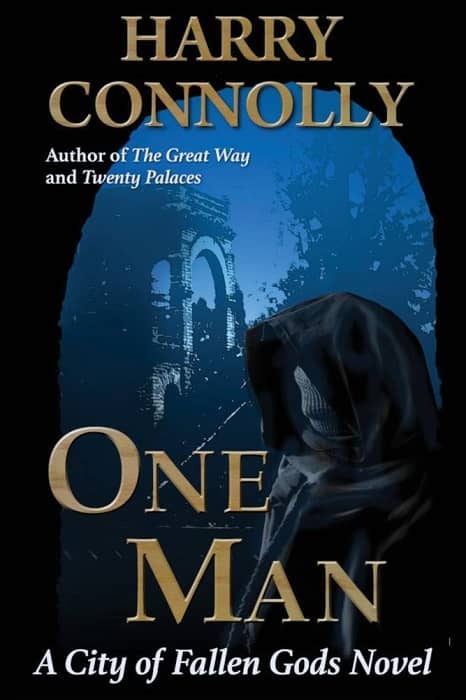 |
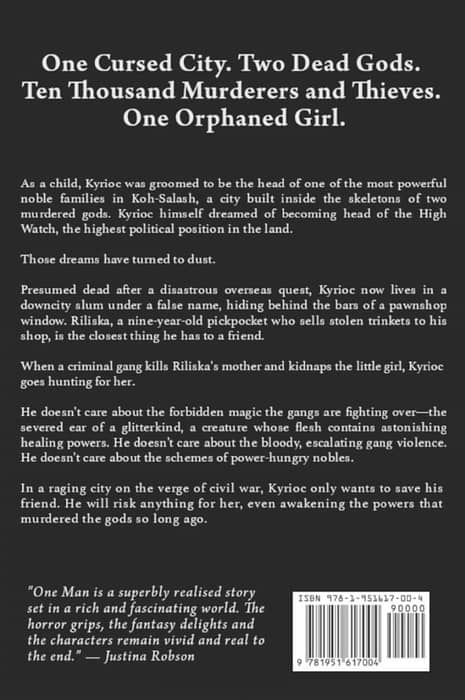 |
Harry Connolly was one of the most popular writers we published in Black Gate magazine, starting right out of the gate with his first fiction sale “The Whoremaster of Pald,” which you can read here and which appeared way back in Black Gate 2. His career really took off with his first novels, including the 4-volume Twenty Palaces series (which opened in 2009 with Child of Fire) and The Great Way trilogy, which M Harold Page called “More hardboiled than the Dresden Files.” It’s been some four years since Harry published a new novel, so the arrival of One Man in November, from Harry’s own Radar Avenue Press, was a very welcome surprise. He explains on his blog.
It’s been four years since I released a new novel… This book is the reason.
I spent two years writing One Man. It’s is a big book, over 150,000 words. It’s complicated, with lots of POV characters and locations. The setting is limited – almost every chapter takes place in a single city – but it’s complex. Which is another way of saying that a lot of time and sweat went into this novel, and I’m proud of the result.
See, I wanted to try an experiment. Most fantasy novels have huge stakes: A Dark Lord trying to conquer all. A usurper seizing the throne, pushing a kingdom toward civil war. A world-shattering magical cataclysm. Invasion of monsters. Return of monsters. Whatever. But what if I wanted to create a fantasy story about a quest for something small. Something important, but not world-shattering. For instance: the life of a single little girl. Not even his own, just someone he knows…
I think it’s a good book. A thriller with strange magic, desperation, betrayal, and murder. But it’s an odd book, too, with bourgeois hobbit vampires, and sleeping giants whose flesh can heal you, and a sprawling city built inside the skeletons of two gods… I’m hoping you’re interested in a big, odd, ambitious book about crime and magic and a screwed-up guy who has one last chance to do something decent in this world.
One World is the first novel in The City of Fallen Gods (which is maybe the name of a new series, I dunno?) It was published by Radar Avenue Press on November 26, 2019. It is 637 pages, priced at $17.99 in trade paperback and $4.99 in digital formats. Read the first two chapters here, and see all our latest coverage of Black Gate writers here.
